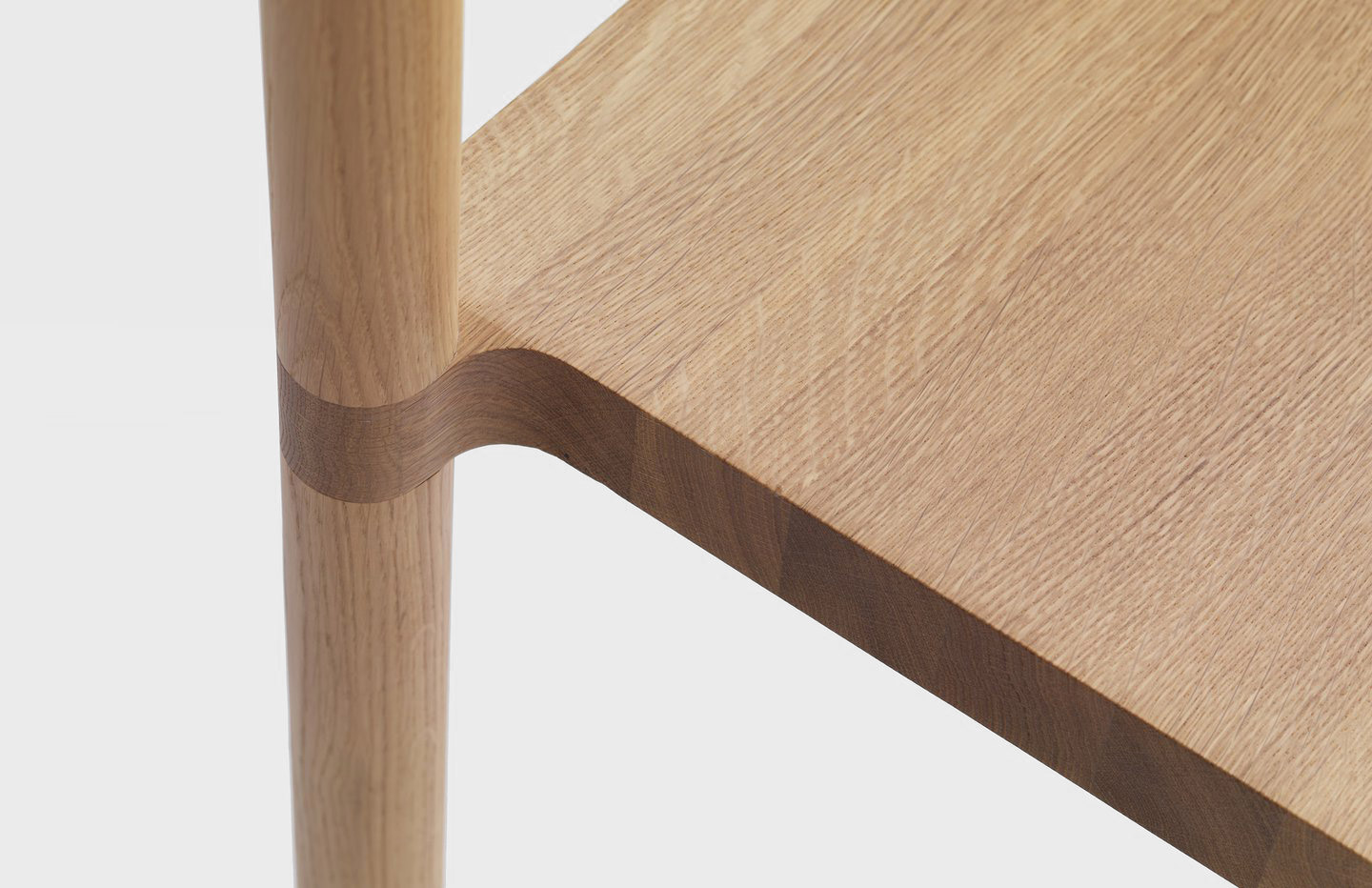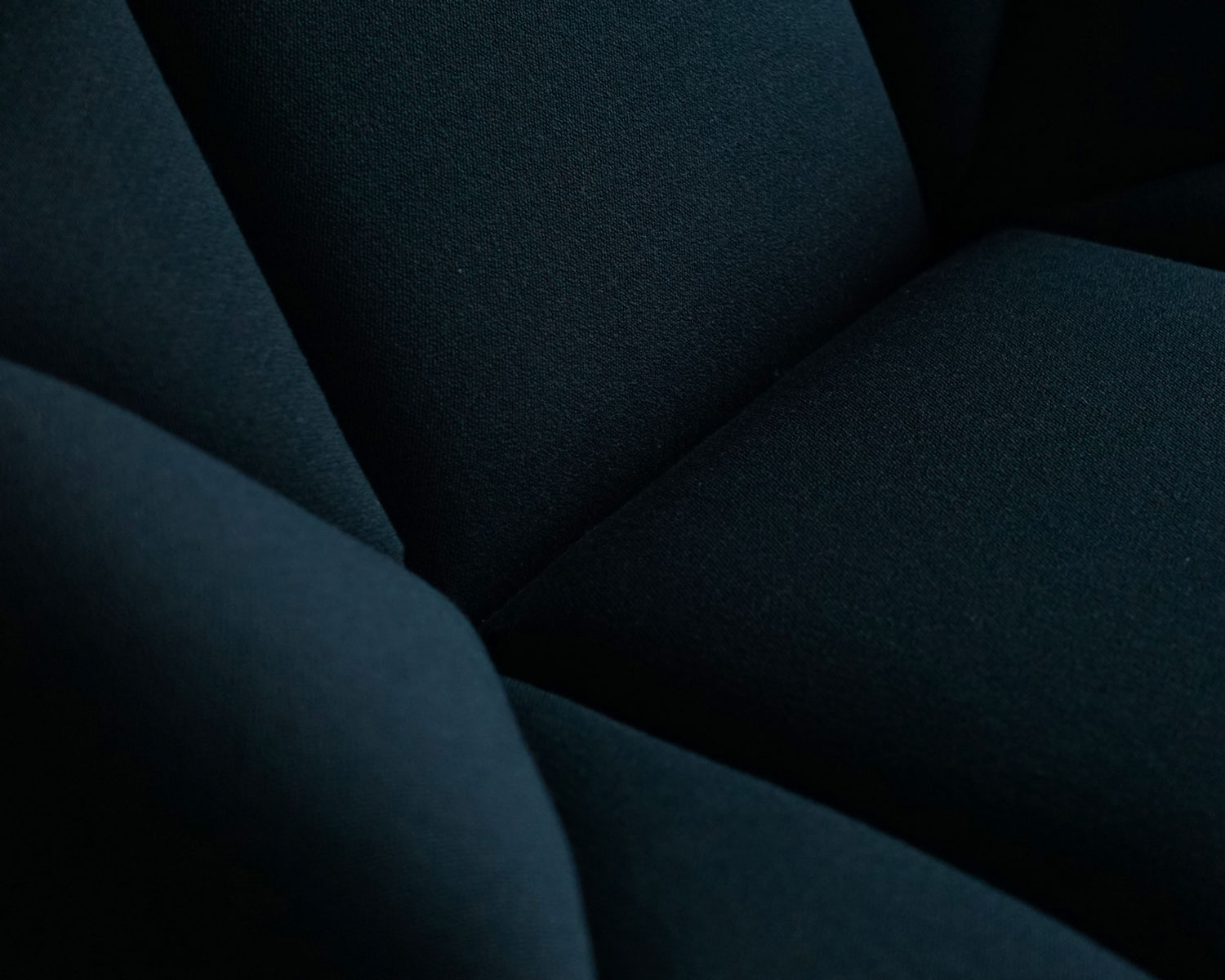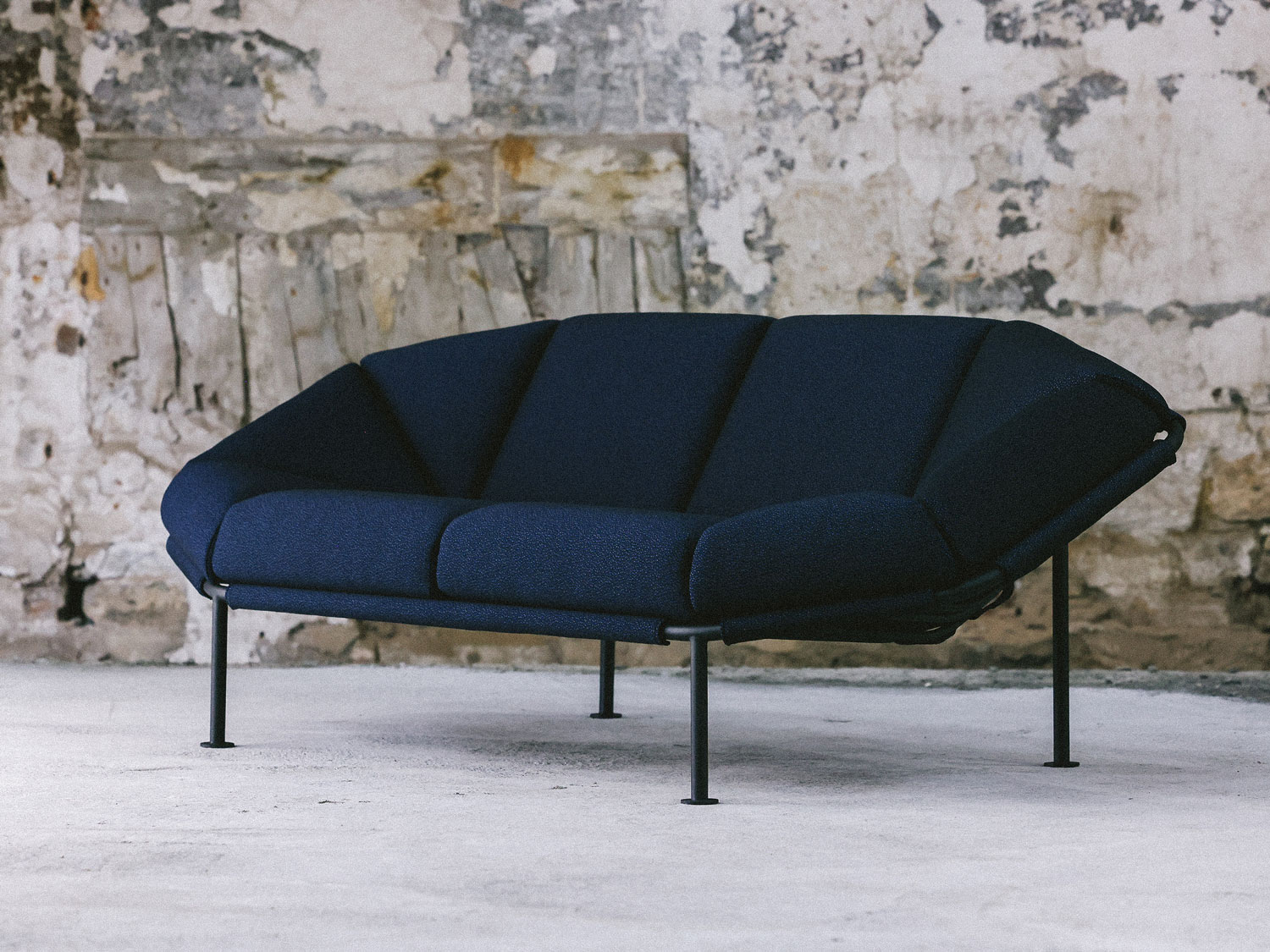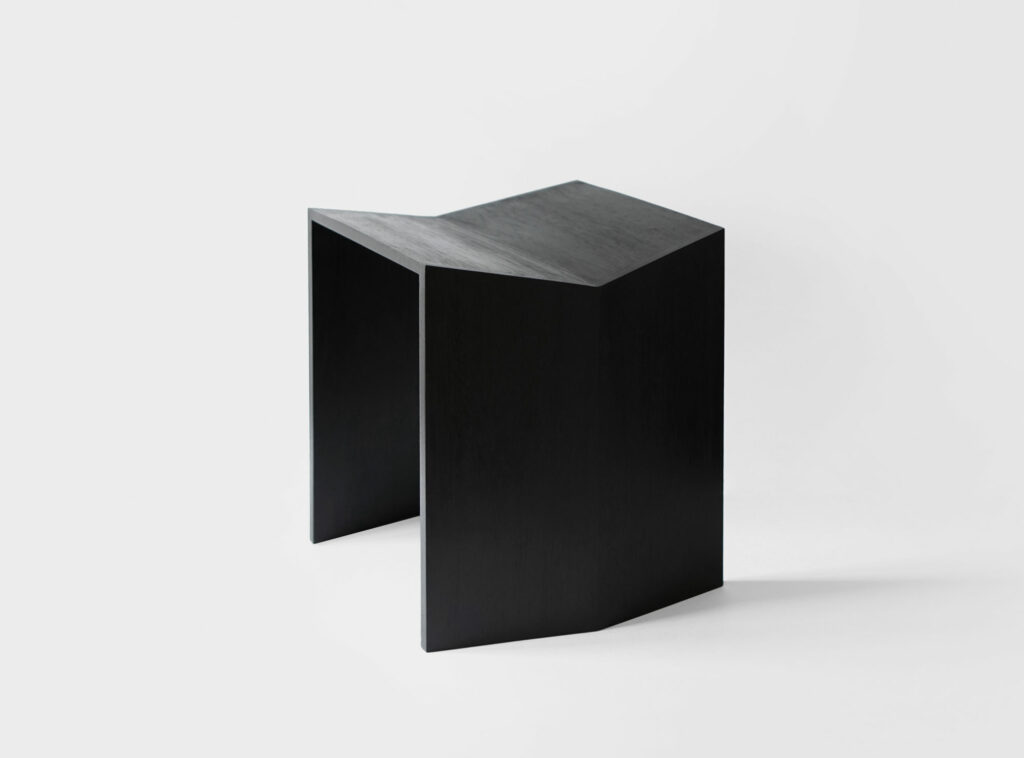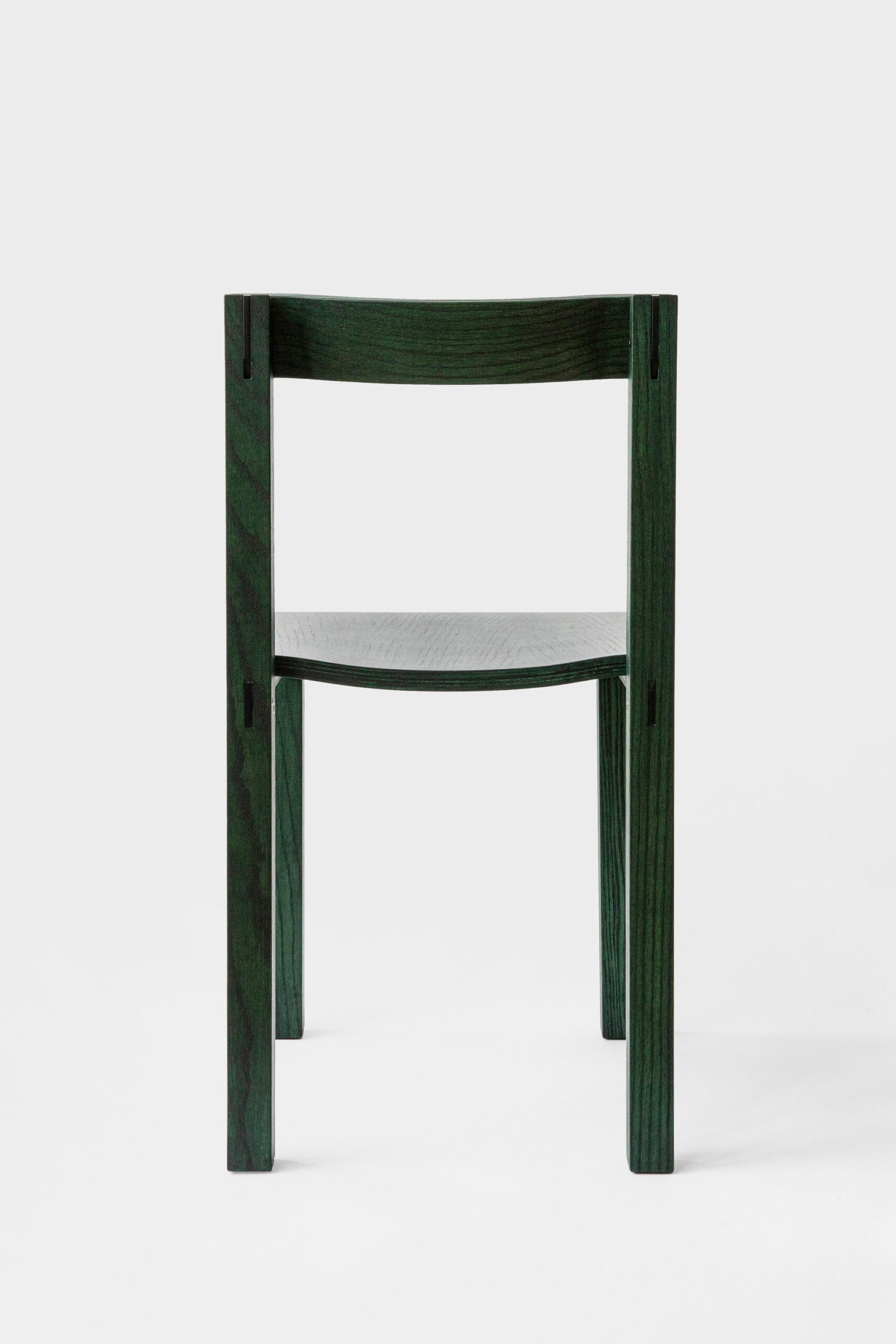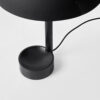In the latest edition of our interview series, we once again dive into the world of aesthetics. In inspiring conversations with creative minds from the fields of architecture, design, and art, we explore the many facets of beauty and find out how our guests define and experience aesthetics. Along the way, they provide us with insights into their creative process and reveal how their work influences people’s perceptions. This time, I was honored to have an inspiring conversation with Léonard Kadid.
Léonard Kadid is an architect and product designer based in Paris, France. From object to architecture, the work of his studio focuses on structural experimentation and formal simplification to explore the intrinsic characteristics of matter.
After studying at the École Polytechnique Fédérale de Lausanne in Switzerland and the École d’Architecture de la Ville et des Territoires in Paris, Léonard Kadid has collaborated with renowned international offices such as Herzog & de Meuron and Caesar Zumthor in Basel, Switzerland. In 2022, he was awarded the French design prize FD100 for his solid oak chair collection Pier. His designs are a striking combination of function and aesthetics.
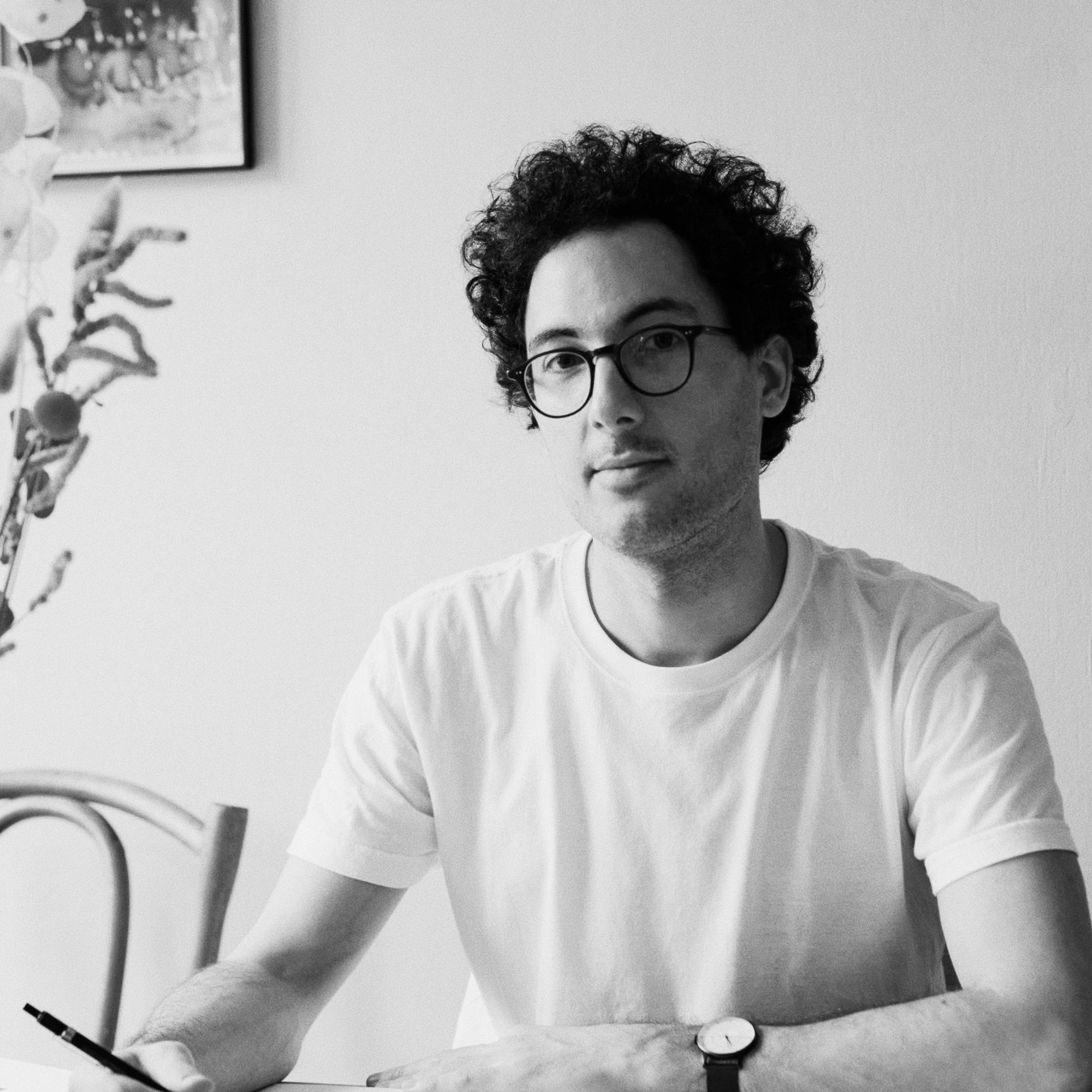
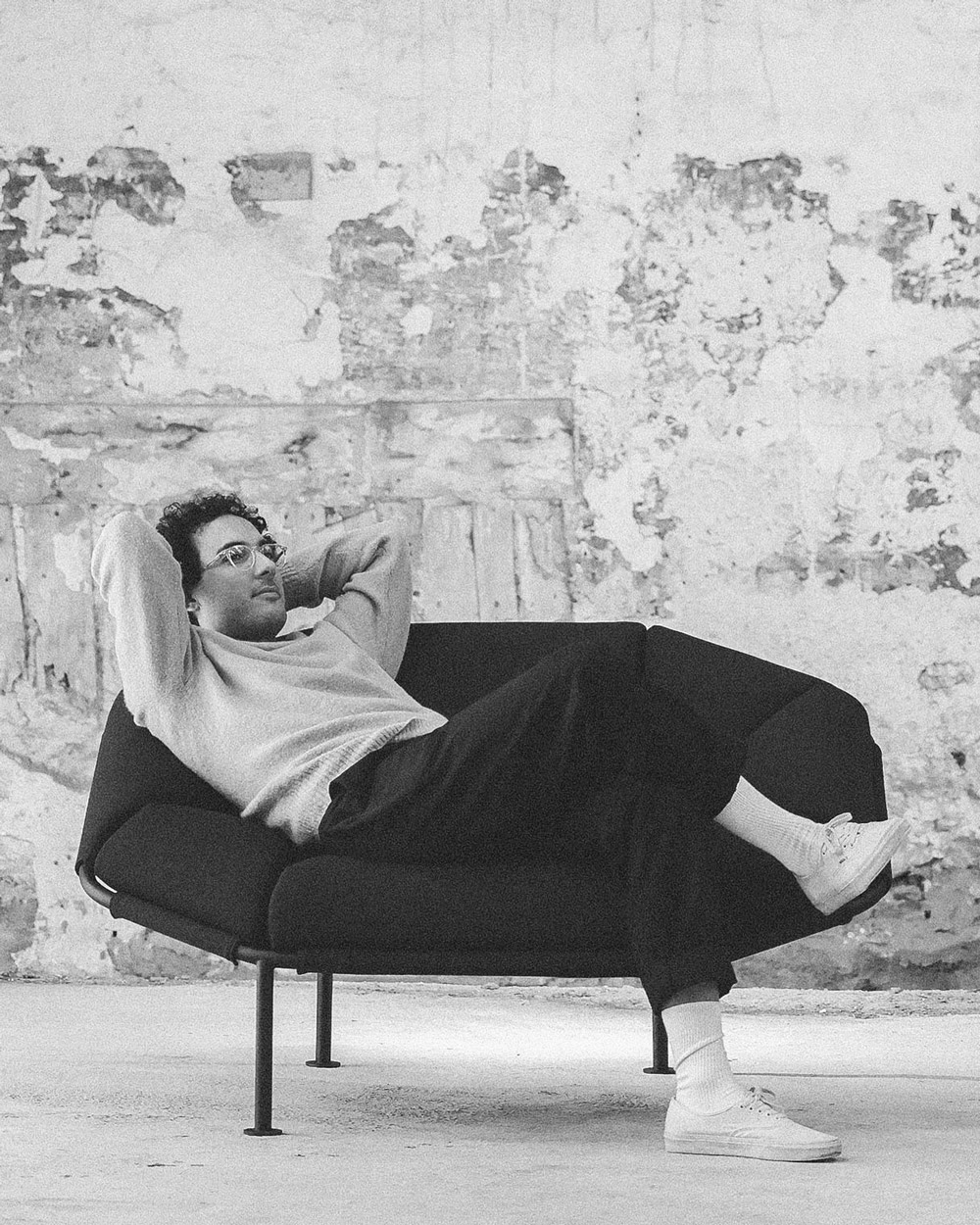
How would you describe your personal design philosophy and aesthetic?
Léonard Kadid: I am an architect and a product designer. When I think about architecture as a physical interface and as a support for human activities, I believe that everything is architecture, from clothing to buildings and objects.
In that sense, my work can be seen as clear and lasting architectures that can be transmitted over generations with a focus on constructive processes and structural experimentation. Going beyond their tangible conditions, they produce a physical and mental environment where everything is architecture and in which architectures have multiple readings and possible uses.
You once mentioned in an interview that traveling is a big inspiration for your work. Are there certain places or cultures that you find particularly formative for your design aesthetic?
Léonard Kadid: I think that any dialogue between cultures is enriching. A good observation when traveling can save months of research in material study, proportions, assembly detail, etc… The Pier collection for Resident was inspired by the massive wooden pillars of the Santa Monica piers made to endure the difficult weather conditions of the ocean for example.
I think that any dialogue between cultures is enriching. A good observation when traveling can save months of research in material study, proportions, assembly detail, etc.
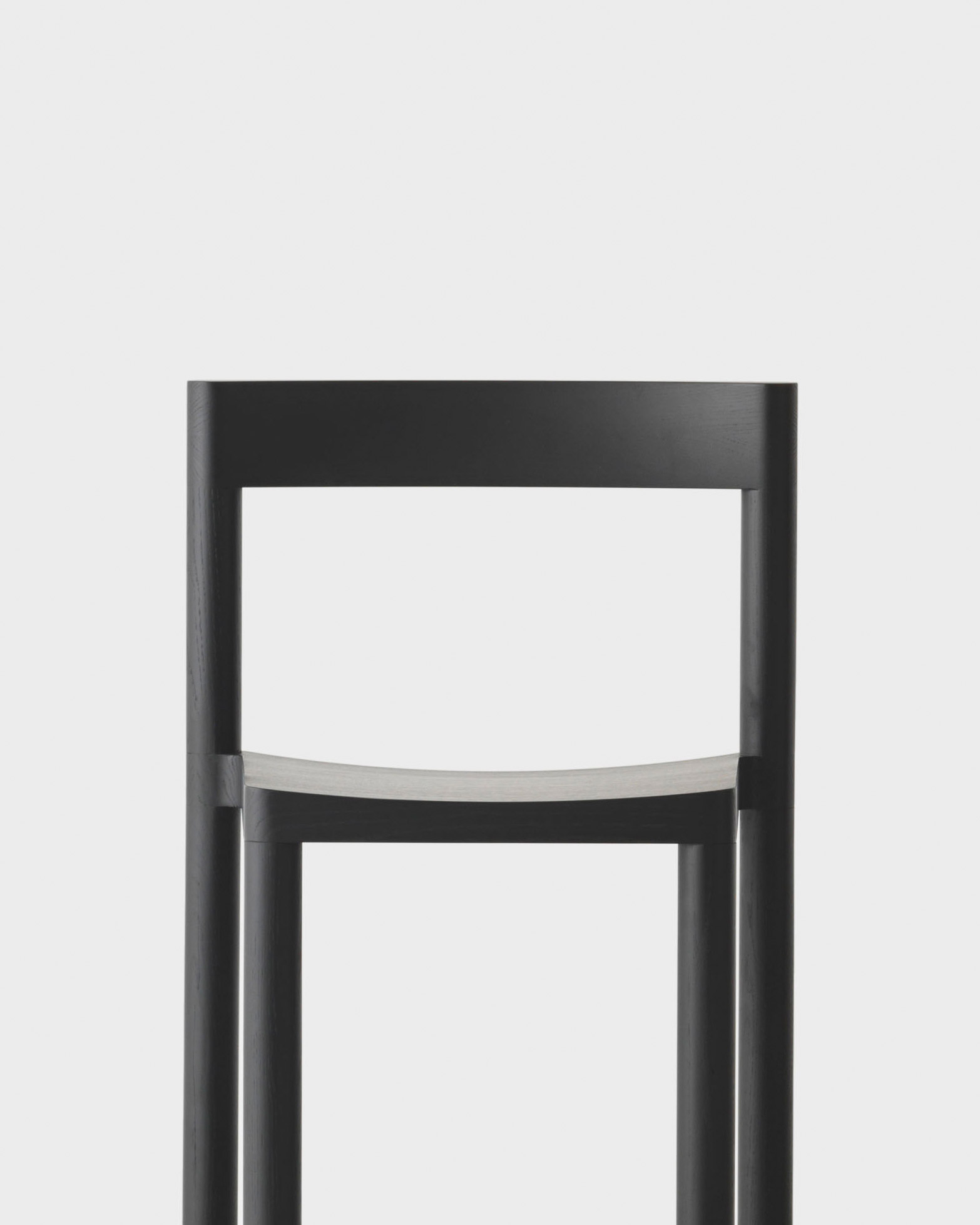
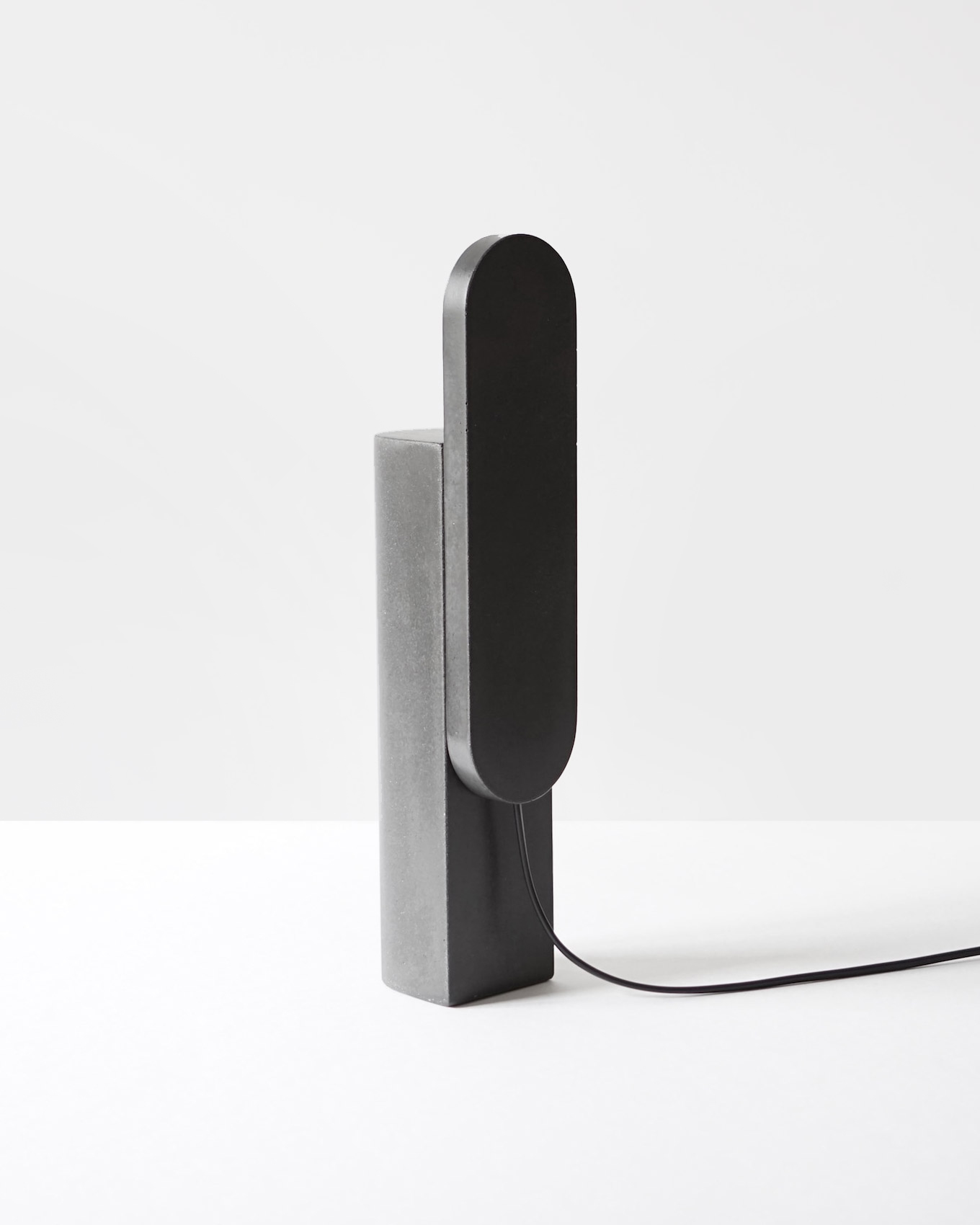
What makes the design? The detail or the big picture?
Léonard Kadid: I would say coherence.
For the whole to be greater than the sum of its parts, it requires coherence in the relationships between the details and the whole, so that together they can reveal the essence of the object.
How do you manage to combine aesthetics and functionality in your design without one of the two elements falling short?
Léonard Kadid: They are intrinsically linked in my work. Functionality is part of the brief, like ergonomics, usages, etc … Aesthetics would be the possibility of a clear composition coherent with all the object parameters.
In the Atlas sofa, for instance, the geometry of the cushions encourages exchanges between users and allows a wide variety of seating positions. Its powder-coated tubular steel structure is entirely visible and presents the detail of the specially designed clip system to attach the cushions to it. The coherence between the structure, the comfort, and the details produce the unique presence of the Atlas collection.
Functionality is part of the brief, like ergonomics, usages, etc … Aesthetics would be the possibility of a clear composition coherent with all the object parameters.
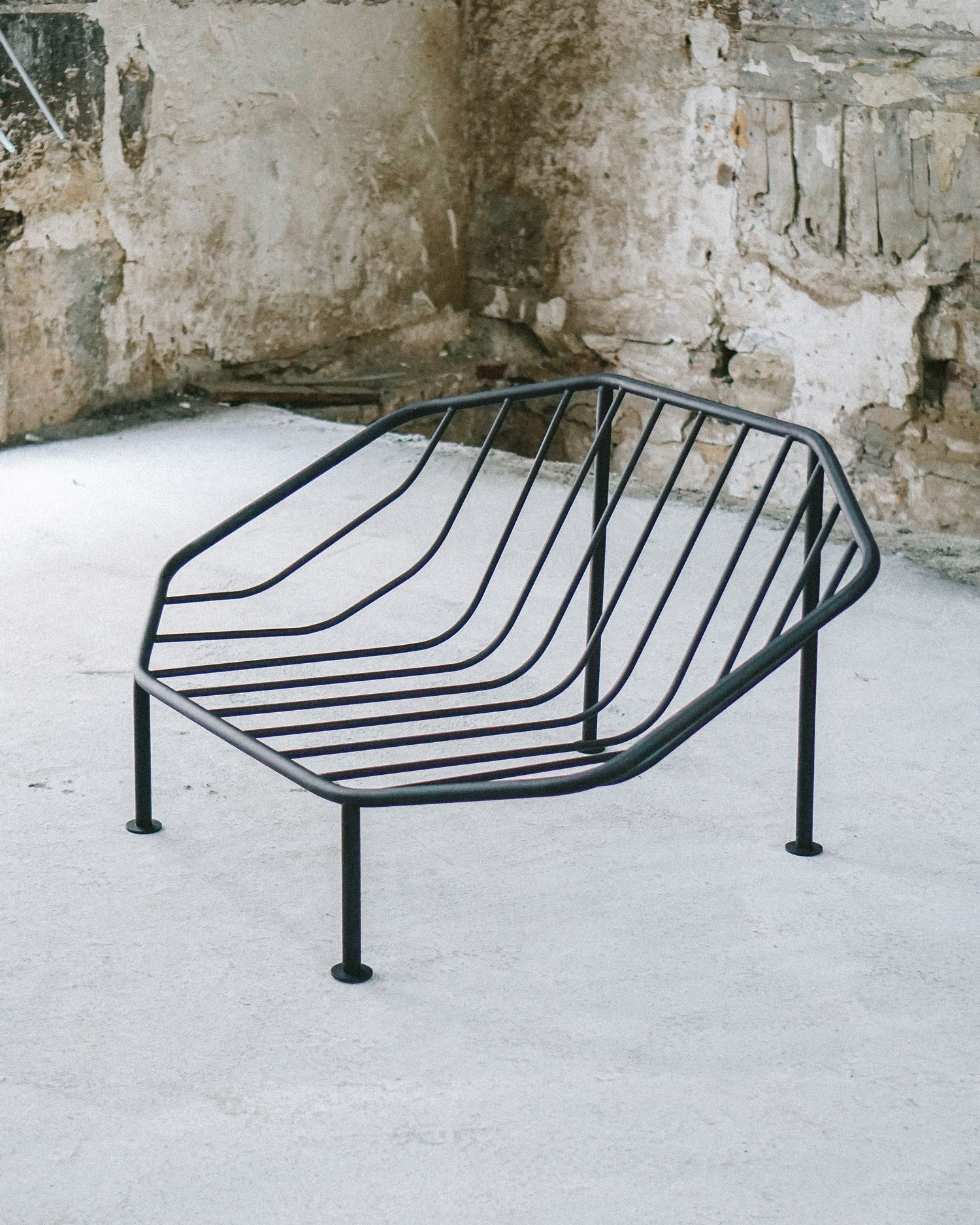
What makes design timeless for you? Are there any criteria that you use to assess whether an object will be relevant in the long term?
Léonard Kadid: It is the main objective and a good direction to help in our contemporary environmental crisis. Producing a lasting object that can be transmitted over generations is a great challenge for designers.
It has to work physically and mentally. Physically, the structure and the assembly of the matter need to be able to endure the test of time. Mentally, the coherence of the object’s details, parts, and whole should be natural, and obvious so it won’t lose its relevance over time.
You once said in an interview that you like to take your time with a project to get to its essence. How do you manage to work out this essence in the creative process?
Léonard Kadid: I guess from an intellectual point of view, the essence is what makes the object interesting. It can be an assembly detail like the aluminium T in the Tal collection, or usages like the multiple positions of the light source in the Möja lamp.
The work is to produce an object that would not interfere with the lecture of this idea but would on the contrary enhance it.
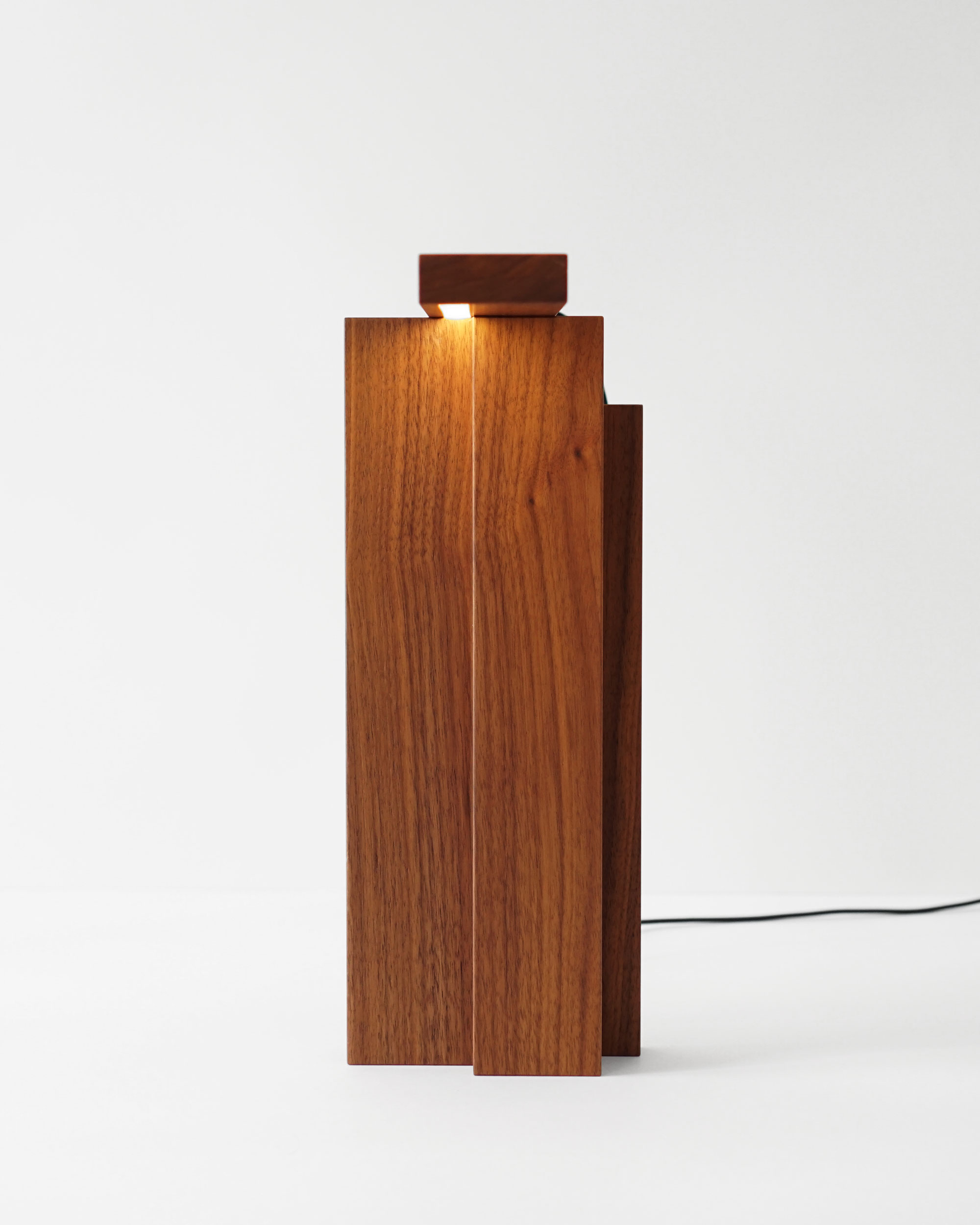
Was there ever a moment when you had to compromise on aesthetic elements in a design to meet functional requirements?
Léonard Kadid: The way I work would make it difficult to happen. As said previously, aesthetics would be the coherence between usage, structure, matter, proportions, details, etc … The functional requirement would be one of the parameters that make the object look right.
What do you think makes a design visually appealing?
Léonard Kadid: The peaceful sensation of being in the presence of an object where nothing can be added or removed.
More about Léonard Kadid
Aesence Feature: Pier Chair
Aesence Feature: Möja Lamp
https://leonardkadid.com/
https://www.instagram.com/leonardkadid/
